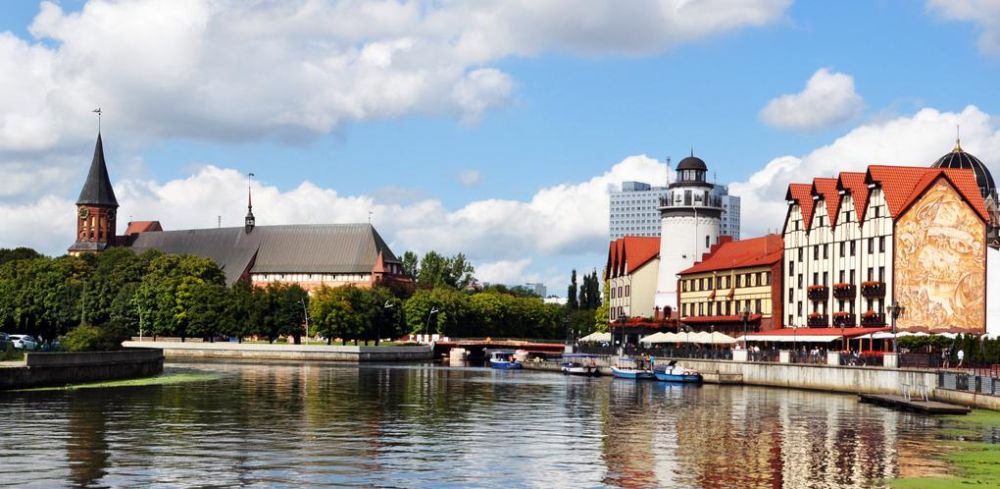

Kaliningrad, a Russian exclave located between Lithuania and Poland on the Baltic Sea, has a unique history that spans several centuries. Originally known as Königsberg, it was a significant city in East Prussia and played a vital role in the region's history. Its blend of German and Soviet heritage, along with the natural beauty of the Baltic coast, makes it an intriguing destination for tourists.
In the early 20th century, before World War II, Königsberg was a flourishing city known for its rich cultural landscape, intellectuals, and picturesque settings. It was during this period that tourism began to grow, although mostly it catered to domestic visitors and those from nearby regions.
The end of World War II saw the city heavily damaged and its German population expelled. In 1946, the Potsdam Agreement resulted in Königsberg being annexed by the Soviet Union and renamed Kaliningrad. During the Soviet era, tourism was not a priority, and travel was restricted. The city was transformed into a military stronghold, largely closed to foreigners and non-resident Soviet citizens.
It wasn't until the collapse of the Soviet Union in 1991 that Kaliningrad began to open up to the world. Since then, the city has seen a gradual increase in tourism, as visitors come to explore its unique German-Russian history, the coastal resorts, and the Curonian Spit – a UNESCO World Heritage site.
In recent years, the government has taken significant steps to boost tourism. This includes the development of infrastructure, restoration of historical sites, and easing visa requirements for visitors. Kaliningrad introduced a simplified e-visa system for tourists from many countries, helping to increase the number of visitors.
Sustainable tourism and eco-tourism are becoming increasingly popular as people seek unspoiled natural experiences. The region's vast Baltic coastline, the charming Curonian Spit, and protected natural parks cater to these trends.
Tourists are drawn to Kaliningrad for its amalgamated heritage. Highlights include the Cathedral on Kant Island, home to the philosopher Immanuel Kant's tomb, the Museum of the World Ocean, the Amber Museum, and the surviving Brandenburg Gate. The city's revival comes with a renaissance of restaurants, cafes, and cultural festivals that celebrate the local folklore and cuisine.
Kaliningrad's transformation from a restricted military area to a growing tourist hub is a testament to the city's resilience and cultural richness. As it continues to develop its infrastructure and promote its unique offerings, Kaliningrad is poised to become a notable destination in European tourism.